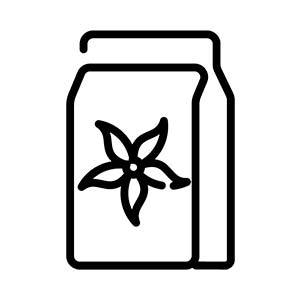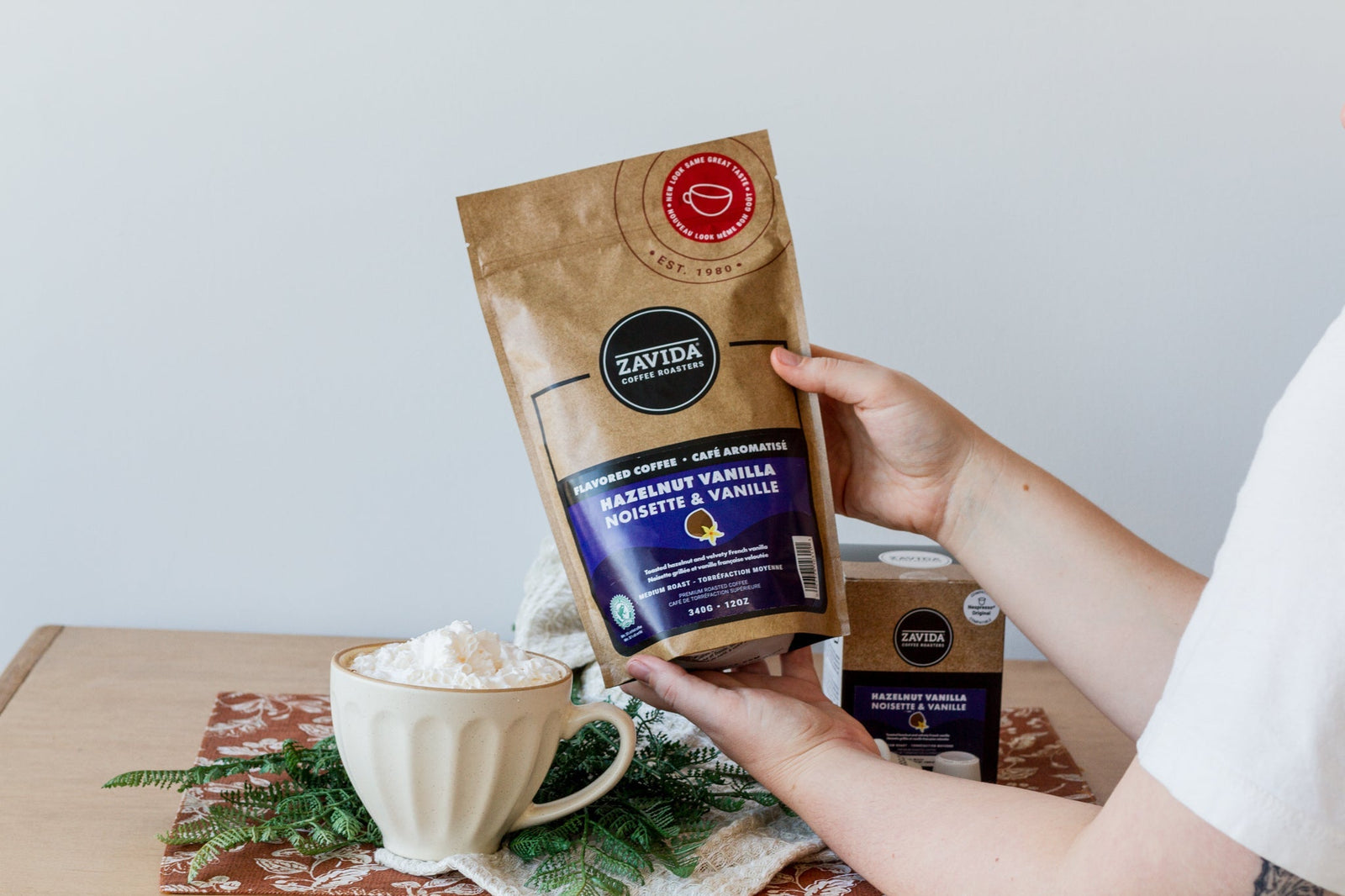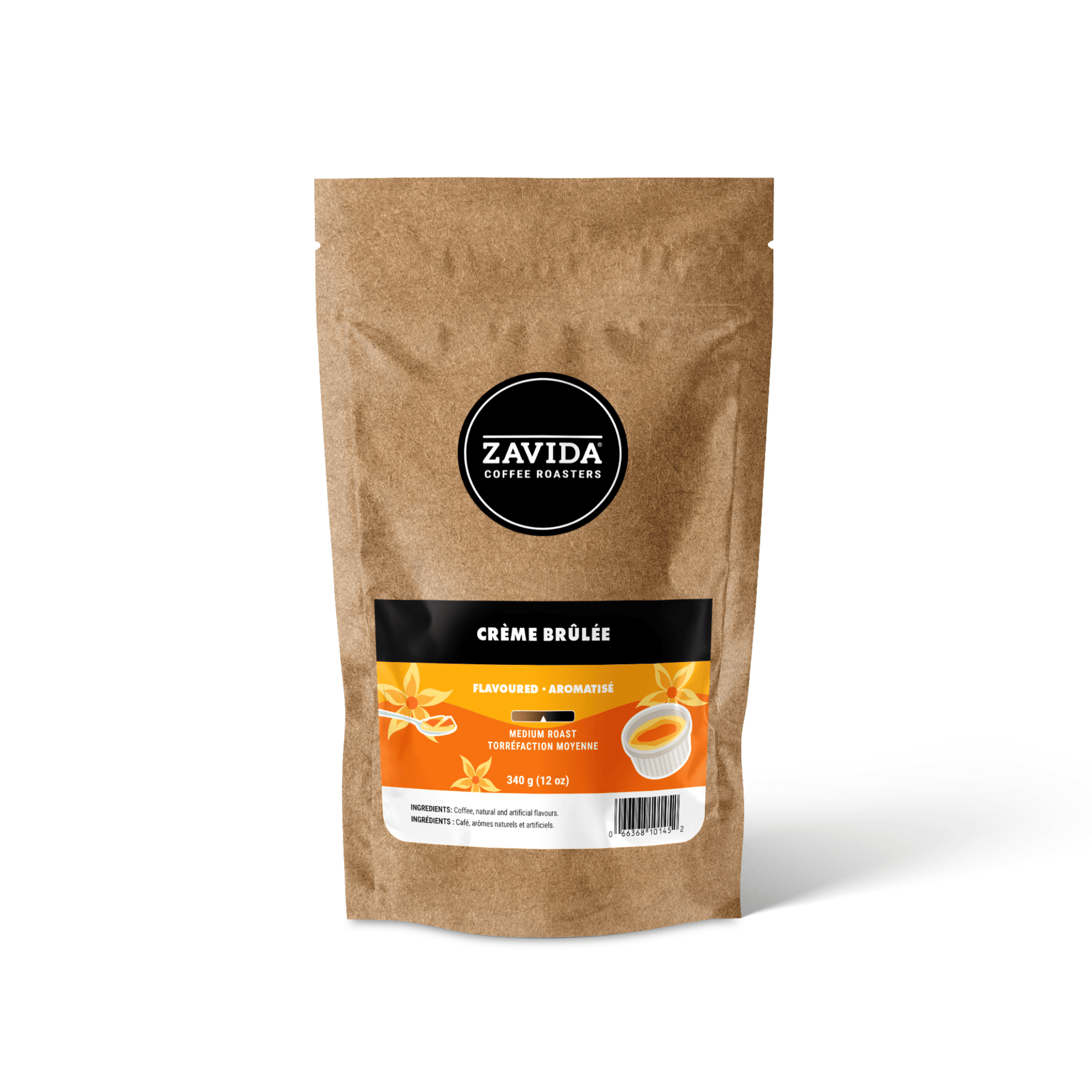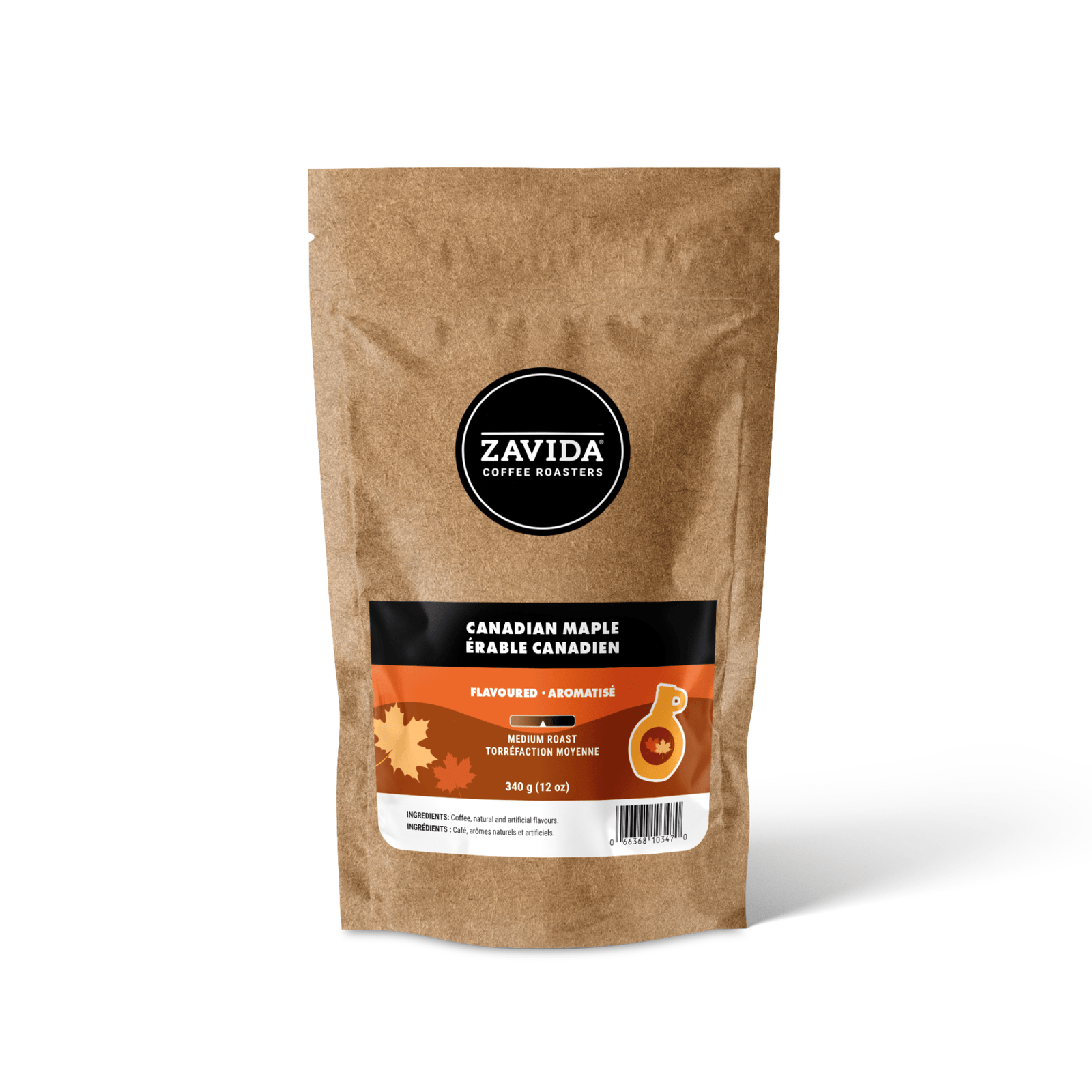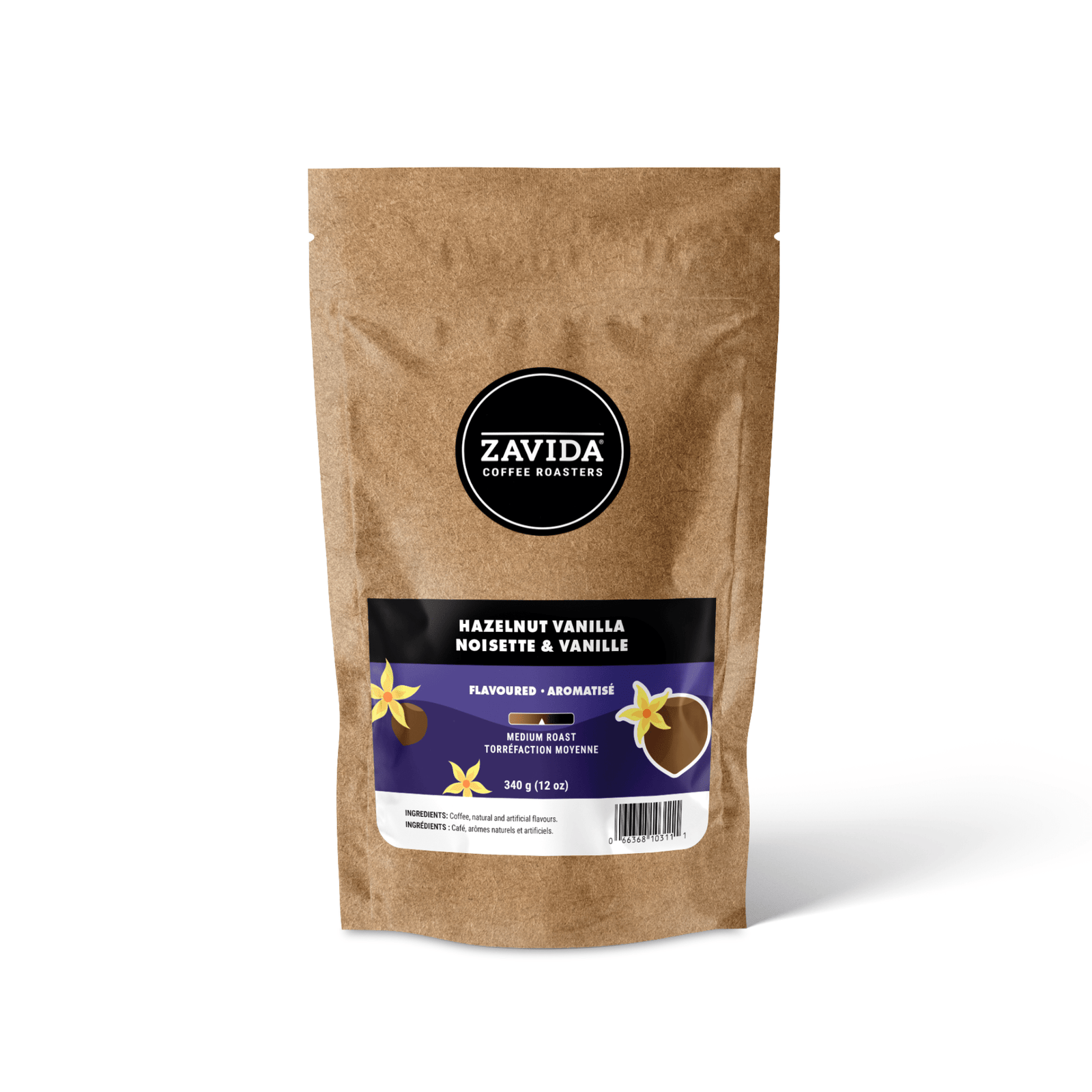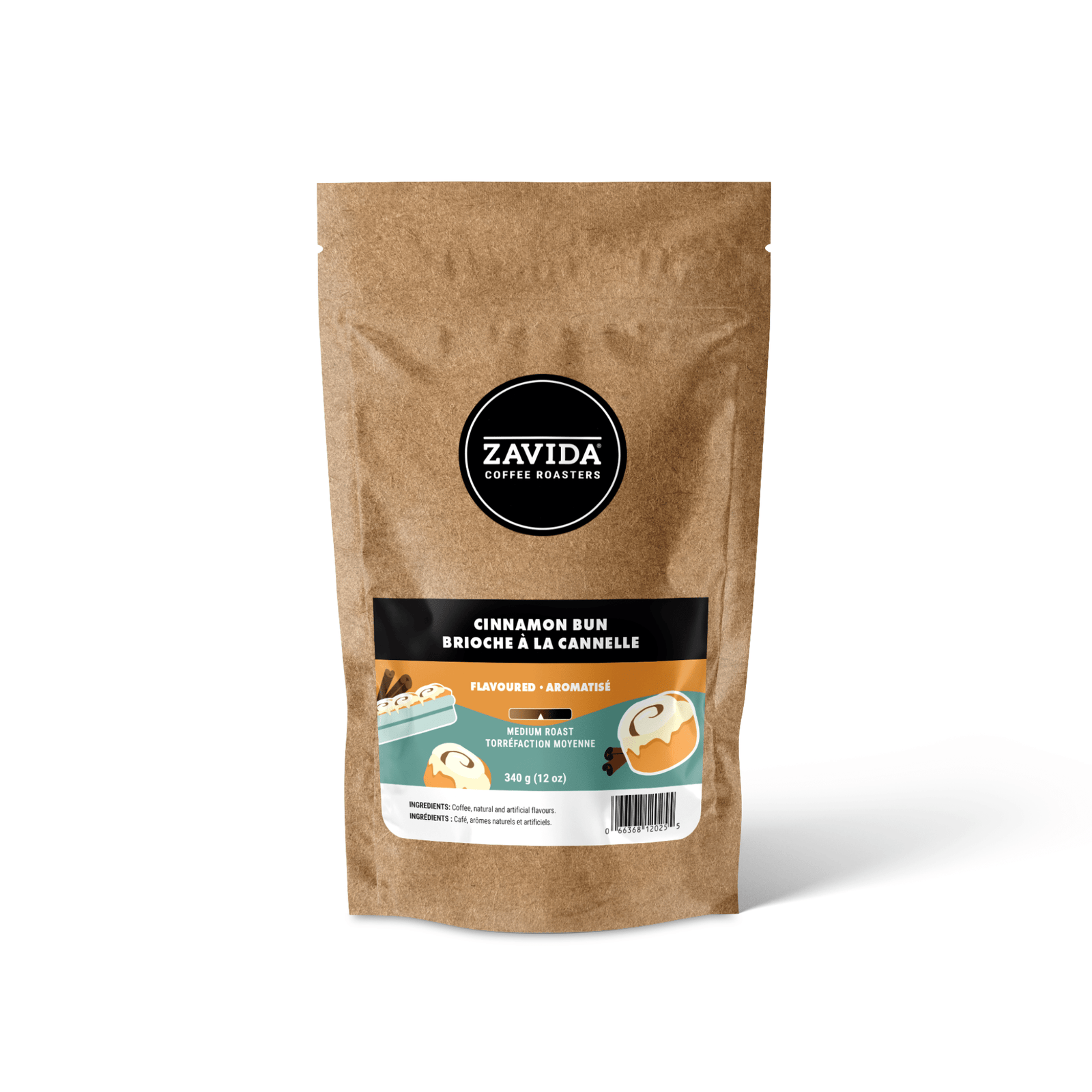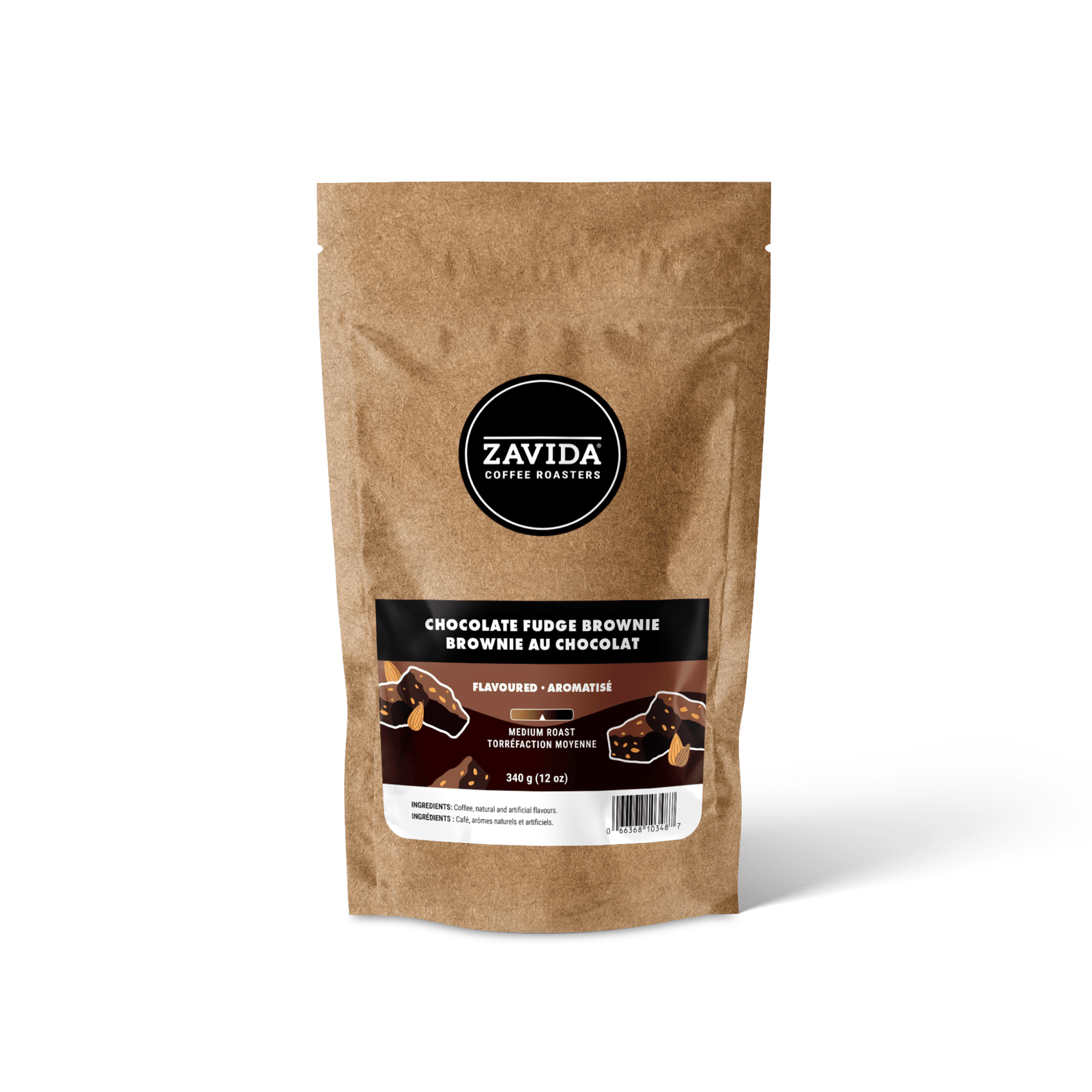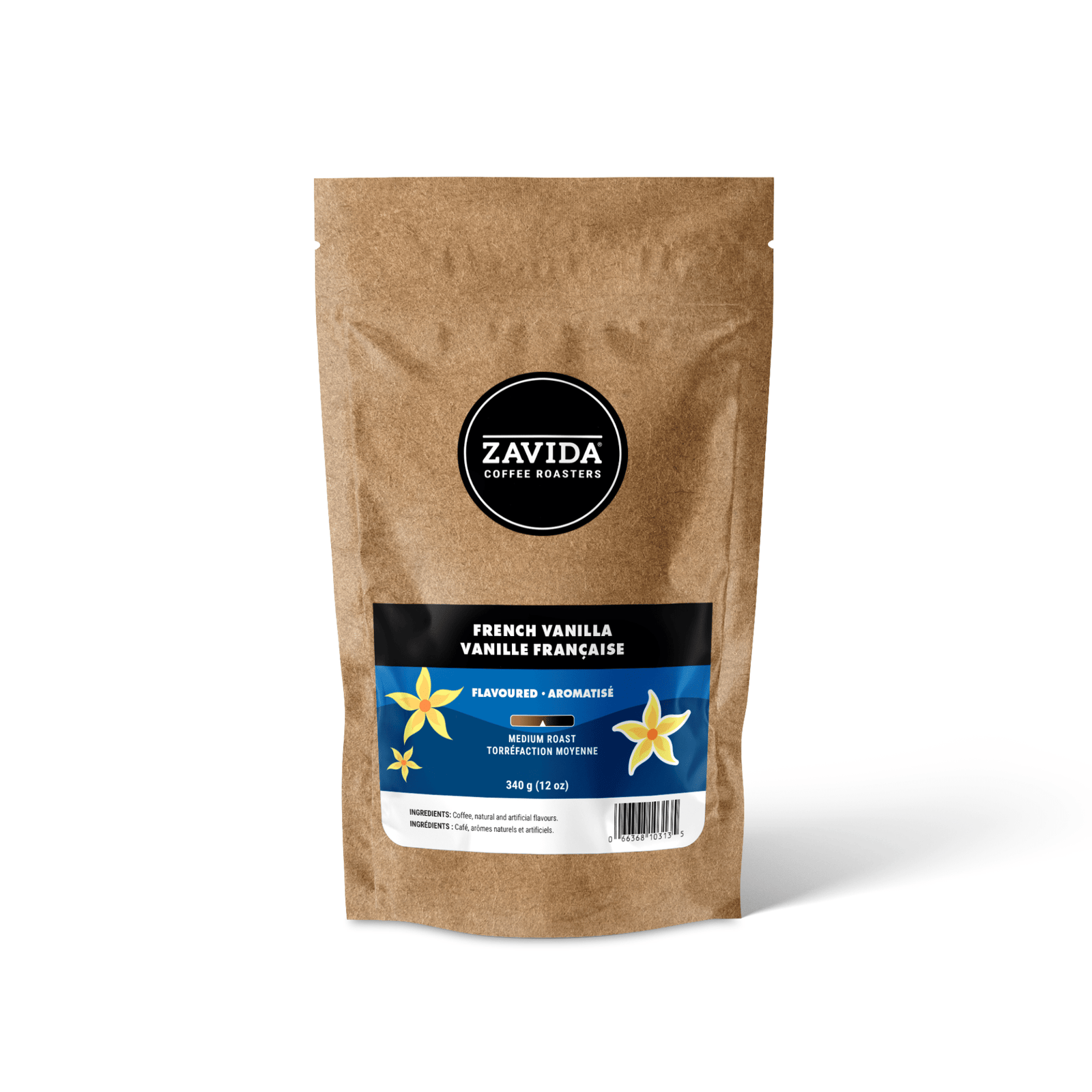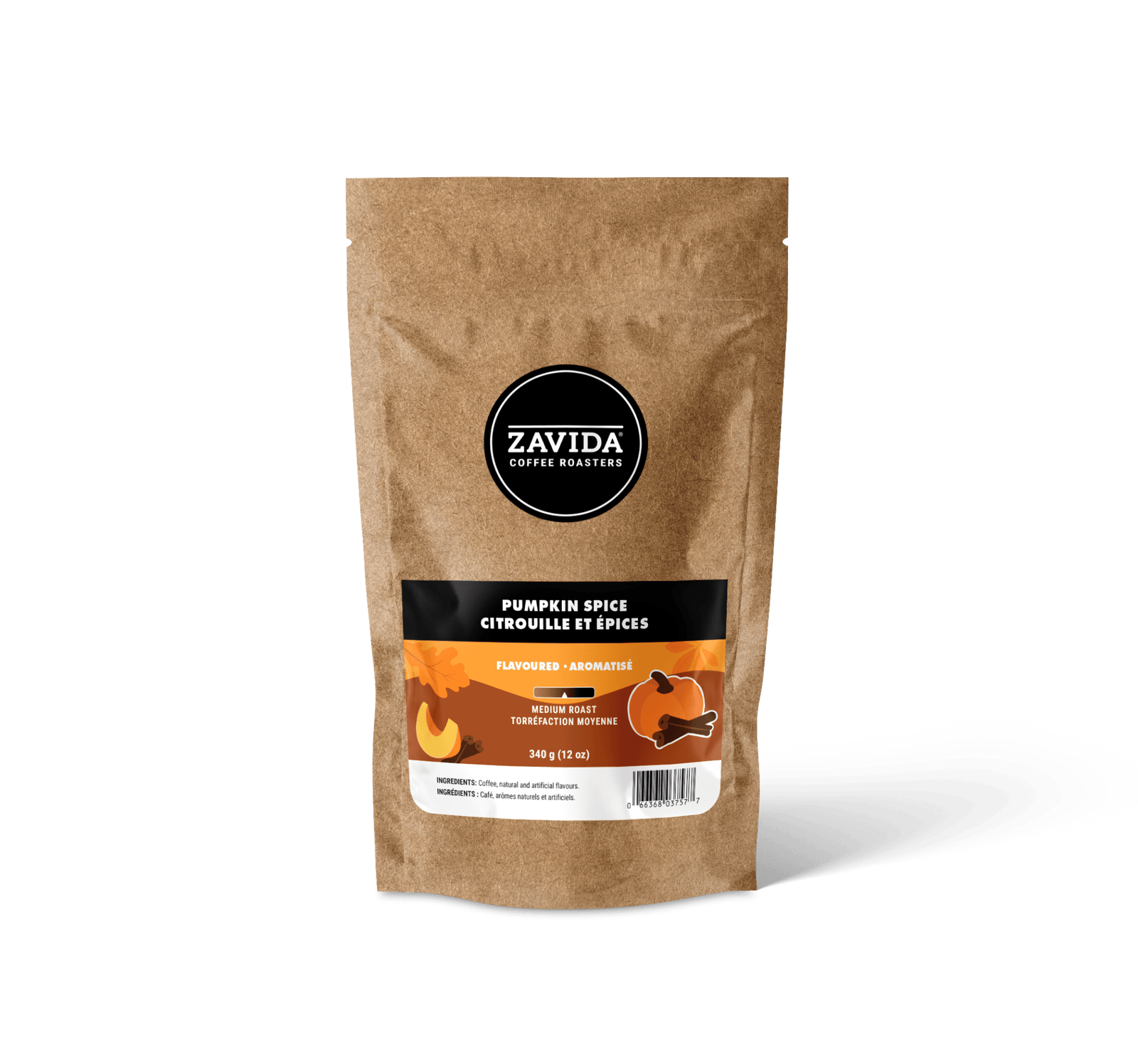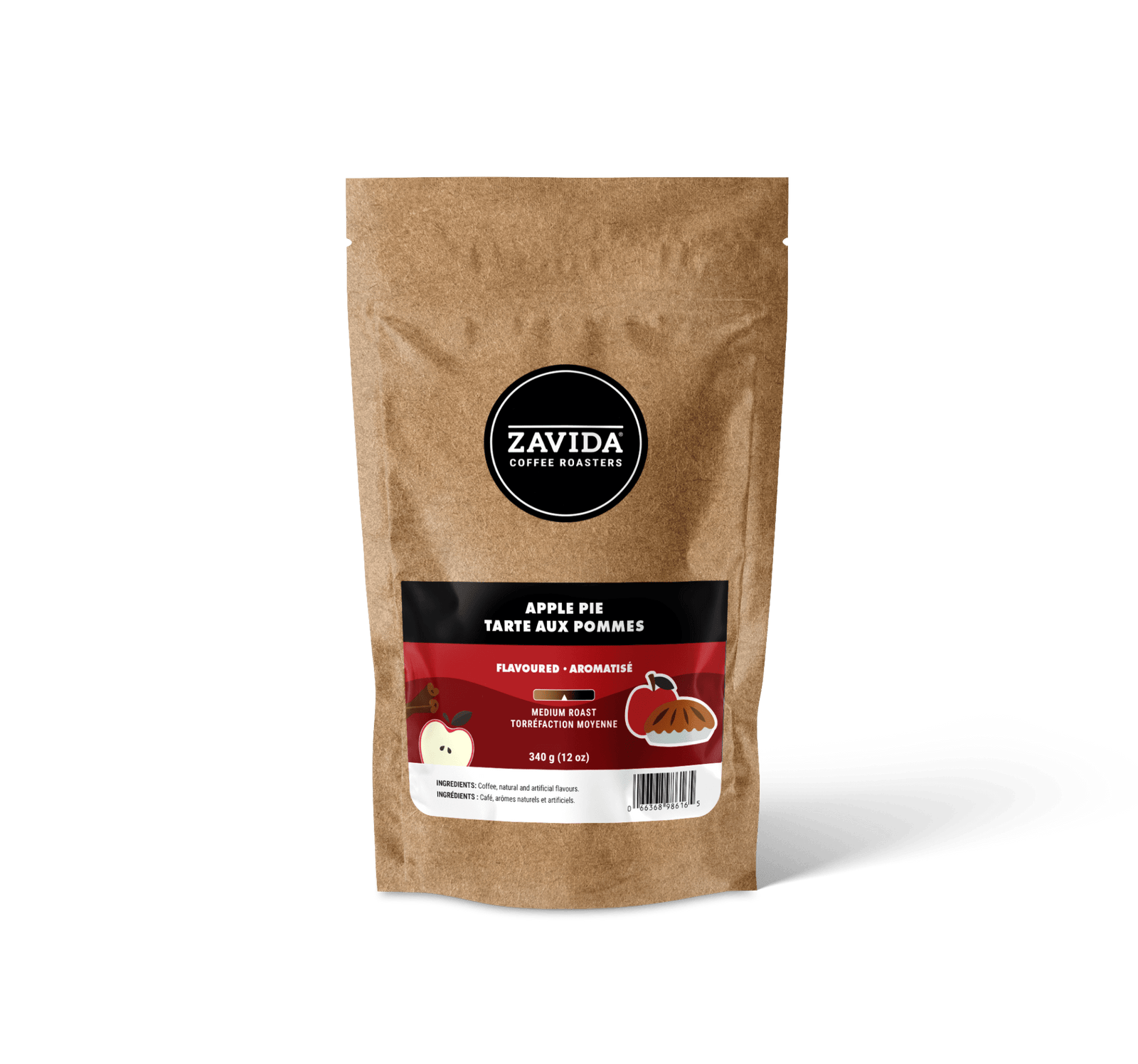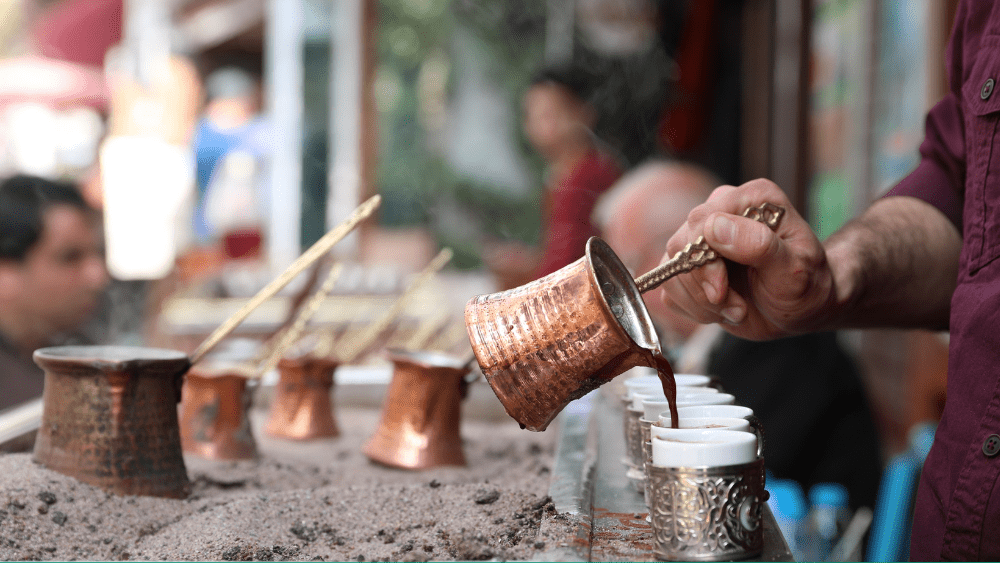
Du 27 au 29 septembre, Ankara, la capitale turque, organise un festival de trois jours célébrant le café et le chocolat. Parmi les temps forts du festival, une conférence sur la longue histoire du café en Turquie. Une histoire riche, qui commence au XIe siècle en Éthiopie, berceau des premiers caféiers. Les grains étaient consommés et parfois même bouillis pour créer une boisson médicinale.
L'histoire du café turc
Les voyageurs transportèrent les fèves à travers l'Afrique du Nord et l'Orient. Selon Turkish Coffee World, en 1555, les fèves atteignirent Istanbul (anciennement Byzance et Constantinople) grâce au gouverneur ottoman du Yémen, Özdemir Pacha. Là, quelqu'un améliora la méthode traditionnelle en torréfiant les fèves au feu, en les broyant finement, puis en les infusant dans de l'eau froide, dans un récipient placé sous les cendres d'un feu de charbon de bois.
Le café devint si prisé par la noblesse que le palais créa le poste de maître du café. Avec le temps, il devint accessible au grand public ; chacun pouvait acheter les grains et les emporter chez lui pour les torréfier, les moudre et les infuser. Istanbul était un carrefour culturel ; au XVIIe siècle, des marchands voyageant entre l'Europe et l'Asie introduisirent le café turc à Venise. Le premier café y fut établi en 1645. Le café fut ensuite introduit dans le reste de l'Europe et en Amérique dans les années 1660. Il devint la nouvelle boisson à la mode, notamment auprès des penseurs et des personnalités influentes de l'époque.
Caractéristiques du café turc
Le café turc est réputé pour son aspect noir profond et épais, ainsi que pour son goût puissant. Sa particularité réside dans le fait que le marc de café est directement bouilli dans l'eau d'un ibrik ou d'un cezve, puis incorporé à la boisson. La plupart des autres méthodes d'infusion utilisent la percolation, qui consiste à filtrer l'eau à travers le café moulu, avant de déguster le résultat.
Qu'est-ce que le Turkish Grind ?
La mouture turque est extrêmement fine, presque comme une poudre, car vous allez la boire. Comme le café est bouilli et consommé (au lieu d'être filtré), on n'en consomme que 60 à 90 ml à la fois. Vous n'en remplirez certainement pas votre tasse de voyage !
Qu'est-ce qu'un Ibrik ?
Un ibrik, également appelé cezve, est une petite marmite traditionnelle ouverte dotée d'une longue poignée droite. Elle est généralement fabriquée en cuivre, en laiton ou en acier inoxydable et peut être utilisée sur des plaques de cuisson modernes.
Instructions
Pour faire le café :
- Incorporez le café moulu (et le sucre, si vous le souhaitez) à l'eau froide dans l'ibrik ou le cezve.
- Chauffer jusqu'à ce que le café commence à bouillir, créant une tête mousseuse.
- Retirez une partie de la mousse et placez-la dans des tasses de service.
- Une fois le café bouilli, versez-le dans des tasses de service.
- Servir avec un verre d'eau (prendre une gorgée entre deux gorgées de café) et des bonbons (du chocolat ou oui, un délice turc).
Chez Zavida, nous sommes fiers de proposer une variété de cafés torréfiés moyennement foncés à foncés, parfaits pour la préparation du café turc. Essayez notre café Organica Rainforest Alliance, issu de la culture durable, ou, pour les amateurs de décaféinés, notre café décaféiné Swiss Water Process, pur, aromatique et torréfié au feu.

